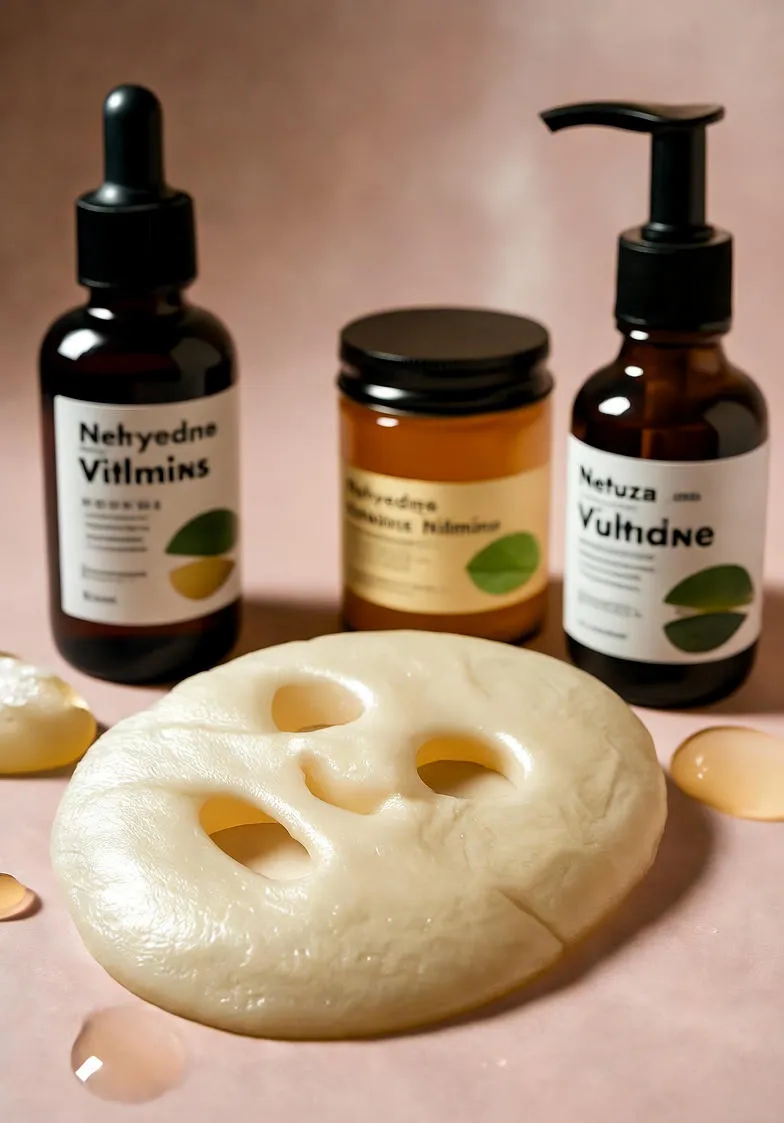The Ultimate Guide to the Best Memory Foam Seat Cushions: Ergonomics, Comfort, and Pain Relief
Discover the best memory foam seat cushions of 2025 for unparalleled pressure relief, sciatica pain alleviation, and improved posture. This guide covers orthopedic design, cooling technology, density, and how to choose the perfect cushion for your office chair or car seat.

🛋️ Transform Your Sitting Experience: The Power of Memory Foam Seat Cushions
In the modern world, sitting has become a dominant activity. Whether you're chained to an office desk for eight hours, navigating a long commute, or settling in for an extended gaming session, prolonged sitting is often a recipe for discomfort, poor posture, and even chronic pain. Traditional seating—even in 'ergonomic' chairs—can leave much to be desired, concentrating pressure on the tailbone (coccyx), hips, and lower back. This is where the simple yet revolutionary memory foam seat cushion steps in to save the day, transforming an unforgiving chair into a supportive, custom-contoured throne.
Initially developed by NASA for aircraft seating to improve safety and comfort, memory foam (or viscoelastic polyurethane foam) responds to heat and pressure, molding perfectly to your body's unique contours. This characteristic is the key to its powerful ergonomic benefits: **even weight distribution** and **pressure point relief**. This comprehensive guide will explore why a high-quality memory foam seat cushion is an essential investment for your health and well-being, detail the benefits, and help you navigate the features of the best models on the market in 2025.
🔬 The Science of Comfort: How Memory Foam Works
Memory foam is not your grandmother's cushion. Its viscoelastic properties are what set it apart from standard foam or gel pads. Here’s a breakdown of the science:
- Heat-Sensitivity: The foam softens in response to your body heat, allowing it to "remember" and conform to your shape, essentially creating a custom-fit mold for your posterior.
- Viscoelasticity: This is the characteristic that allows the foam to slowly spring back to its original shape once pressure is removed. This slow response-time provides a supportive cradle without the bouncy or hard feel of other materials.
- Even Pressure Distribution: By conforming to the body, the cushion spreads your weight over a larger area, drastically reducing the localized pressure on sensitive areas like the coccyx and ischial tuberosities (sit bones). Studies have shown that memory foam causes the least mean pressure on the body compared to other cushion types.
This unique combination of properties leads to a sitting experience that minimizes pressure, supports spinal alignment, and maximizes comfort, which is crucial for anyone spending significant time seated.
✨ Unpacking the Core Benefits: More Than Just Softness
The advantages of using a quality memory foam seat cushion extend far beyond immediate plushness. They are a proactive tool for improving long-term spinal health and overall comfort.
1. Superior Pressure Relief and Pain Alleviation
The most celebrated benefit is the reduction of pressure points. For those suffering from specific ailments, a memory foam cushion can be a non-invasive therapeutic aid:
- Coccyx (Tailbone) Pain: Many orthopedic designs feature a U-shaped or cut-out design at the rear. This vital feature suspends the coccyx above the seating surface, completely eliminating pressure on this often-aggravated area.
- Sciatica and Lower Back Pain: By promoting a neutral pelvic tilt and absorbing shock, the cushions help maintain the spine’s natural S-curve, which reduces strain on the lumbar region and can alleviate pain associated with sciatica, herniated discs, and general lower back stiffness.
- Hemorrhoids and Post-Surgery Recovery: Ring-shaped (donut) cushions, often made with memory foam, can be instrumental in reducing pressure and discomfort after certain surgeries or with specific conditions.
2. Promoting Optimal Spinal Alignment and Posture
A sinking feeling in a soft or unsupportive chair encourages slouching, reversing the natural lumbar curve. A high-density memory foam cushion stabilizes the pelvis, ensuring the hips are properly positioned and often slightly elevated above the knees. This action helps maintain the spine's natural alignment, promoting better posture without conscious effort, which is essential for reducing neck and shoulder tension.
3. Improved Circulation and Energy Levels
Prolonged sitting can compress blood vessels, slowing blood flow to the lower extremities, which can lead to fatigue, numbness, and even pain. By evenly distributing pressure, memory foam minimizes this compression, facilitating better blood circulation. Improved circulation means more oxygen reaches your tissues and muscles, which can counteract the feeling of lethargy often associated with long hours at a desk.
4. Enhanced Durability and Longevity
High-density memory foam is significantly more resilient than traditional cushioning materials. It is designed to retain its supportive shape and firmness for years, even with daily, prolonged use, making it a cost-effective long-term investment in your comfort.
🎯 Your Buyer’s Guide: Key Features to Look For
Not all memory foam cushions are created equal. To select the best one for your needs, consider the following critical factors:
a. Foam Density and Firmness
Density, measured in pounds per cubic foot (PCF), determines support and durability. Higher-density foam (typically 4 PCF or more) provides superior support and will not flatten out quickly, which is crucial for individuals who are seated for eight or more hours a day or for those with a higher body weight. While low-density foam may feel softer initially, it will often bottom out and lose support faster.
b. Ergonomic Design and Shape
- U-Shaped / Coccyx Cut-Out: This is the industry standard for orthopedic cushions. It’s essential for relieving tailbone pressure and is the go-to for most office workers and drivers.
- Wedge Shape: These are thicker at the back and taper towards the front, subtly tilting the pelvis forward to encourage the natural lumbar curve. They are excellent for posture correction.
- Contoured Design: Look for models with sculpted leg contours or a subtle central dip. These features ensure the cushion cradles the thighs and buttocks, keeping you securely positioned and enhancing the ergonomic benefits.
c. Temperature Regulation
A common complaint about traditional memory foam is its tendency to retain heat (heat retention). However, modern innovations have largely solved this:
- Gel-Infused Foam: Micro-gel particles are infused into the foam, helping to absorb and dissipate heat away from the body.
- Ventilated / Breathable Foam: Foam with small air pockets or a honeycomb structure allows for better air circulation.
- Breathable Cover: Look for covers made from mesh, velour, or other highly breathable fabrics that prevent heat buildup and are removable and machine-washable for easy hygiene.
d. Size and Portability
Ensure the cushion fits your chair. Measure the width and depth of your intended chair (office chair, wheelchair, car seat). If you need a cushion for multiple locations (office, home, car), a lightweight model with a built-in carrying handle is a practical choice.
e. Non-Slip Base
A crucial detail for a truly "production-ready" cushion is a non-slip bottom, often made of rubber or silicone dots. This prevents the cushion from shifting, sliding, or requiring constant readjustment as you get up and sit down throughout the day.
🏆 Top Memory Foam Seat Cushion Chairs to Consider (2025 Market Trends)
While many excellent models exist, the 2025 market trends highlight cushions that successfully blend orthopedic design with cooling technology and premium materials. Below are the categories that consistently receive top marks:
- Best Overall Orthopedic Relief: Models like the **Cushion Lab Pressure Relief Seat Cushion** or **ComfiLife Gel Enhanced Seat Cushion** are often praised for their precise U-shaped cutouts and the effective combination of high-density foam with a cooling layer. They are the benchmark for coccyx pain and sciatica relief.
- Best for All-Day Use and Posture: Cushions from brands like **Everlasting Comfort** or **TushGuard** focus on a thicker, slightly firmer foam that encourages a proactive, healthy posture without being overly rigid. Their contoured designs typically ensure full hip and thigh support.
- Premium Comfort/Hybrid Options: The market is seeing an increase in hybrid cushions, such as the **Tempur-Pedic Seat Cushion** or models using a combination of memory foam and breathable mesh (like the FlexiSpot C7's seat option). These options maximize luxury feel while delivering ergonomic support.
- Best Budget/Value: Affordable options often rely on a simpler design but still utilize quality memory foam. While they may lack advanced cooling features or the most intricate contouring, they offer a significant upgrade over a standard chair seat.
While memory foam cushions provide excellent passive support, experts still emphasize the importance of **active sitting**. No cushion can replace the need to stand, stretch, and move every 30-60 minutes. The cushion's job is to make your seated time healthier and more comfortable, not to encourage immobility.
📈 Making the Investment in Your Health
For individuals who spend a significant portion of their lives seated, the small investment in a high-quality memory foam seat cushion is an investment in long-term health, productivity, and freedom from chronic pain. It is an affordable and highly effective ergonomic upgrade for any chair—from the corporate office to the home gaming setup or the driver’s seat.
By understanding the science of viscoelastic foam, prioritizing features like coccyx cut-outs, high density, and cooling technology, and selecting a model tailored to your needs, you can transform your relationship with your chair. Say goodbye to mid-day stiffness and tailbone pressure, and hello to sustained comfort and improved posture.


